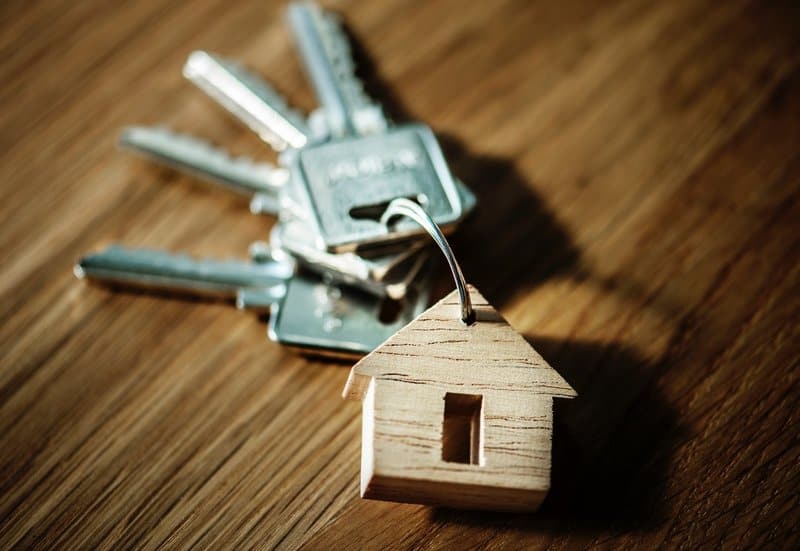
Did you know that the demand for roofing in the U.S. could reach 19.9 billion in 2021?
New homeowners need to know what to look for on their roof. Not sure what signs reveal it’s deteriorating? Not to worry! In this article, we’ll cover what symptoms reveal you need to replace your roof.
Want to learn more? Keep reading to find out.
New Homeowners
There are many things new homeowners should learn about their home. Your roof might look okay. But when you go up close and see shingles crumbling or pieces in the gutter, you might need to replace it.
Let’s look at eight warning signs.
How Old Is Your Roof?
Make sure this is a question you ask your previous owners. It’s important to know the age of the roof because roofs tend to last 20-25 years.
Find out if someone removed the old roof. If your new roof has been installed over several layers and it’s older than 20 years, you’ll need a new one.
The extent of damage to a roof and its age could mean the difference between minor repairs or a replacement. Younger roofs with isolated damage can do with a renovation.
Is your neighborhood old or quite new? Were houses built around the same time? If your neighbors are replacing their roofs, this is a sign yours is ready as well.
You can check your records for the date of your roof installation. Check out what repairs occurred, and the materials used.
Knowing the reputation of the contractor helps. You may decide to continue with the same contractor or find a better one.
Curling Shingles
Shingles that buckle or curl are signs that you need a new roof. Check the slope of your home that gets direct sunlight.
If the shingles are losing granules, your shingles are past their life expectancy. Check your gutters to see if they’re loaded up with shingle granules.
Roofs lose granules at the end of their lifespan. Darker color on parts of the roof is a sign that granules wore away.
Small Animal Infestation
Have you ever found birds or squirrels living in your attic? Inhabiting critters might mean part of your roof is damaged, and this is where they’re coming in.
Damage from bad weather gives animals an easier opportunity to tear through the roof. If a hole has formed, water has easier access to cause further damage, as do animals.
Shingles Are Missing
If shingles are missing in an area, this is another problem and is a sign your roof is failing. Edges claw or curl and harsh weather tear these shingles off quite easy.
Valleys are an essential area of the roof. Valleys allow rain and snow to flow into the gutters. If the valley’s compromised, you could have a leaking roof.
Broken and cracked shingles don’t shed water well, and moisture damage can occur.
Chimney Flashing
Flashing is material surrounding objects like your roof vents and chimney. The flashing prevents water from moving into your roof. It averts the water away from seams.
If your flashing’s made of tar or roof cement, it might need replacing. A water-tight and long-term fitting are what you’ll need. This is a metal flashing system. Consider getting this system installed to keep your roof in good shape.
Is There Daylight Slipping Through The Roof Boards?
Sometimes there is a bounce or spongy feel when you walk across the roof. The underlying decking is weak from moisture.
Make sure you check your attic and see if there’s any daylight peeking through the roof boards. Moisture from a compromised roof system’s found in the insulation and near the eaves.
Also, make sure you check the insulation for any moisture.
Excessive Ice Damming
Ice damming forms when the snow melts on the upper part of your roof and the liquid flows to the eaves and refreezes.
If this happens often, the accumulated ice pushes water underneath the roof shingles. When it melts again, it will leak into the house.
If a roofing system’s ventilated well and heat doesn’t form in the attic, ice damming is easy to prevent. If your roof has a lot of ice damming, you may have inadequate ventilation and water damage.
Sagging Roof
The top part of your roof should track a straight line along the ridge. If there is a sag in the middle, this is a warning sign of structural damage. This sagging could cause your roof to collapse if it isn’t treated early or isn’t detected.
A sagging roof’s caused by frequent exposure to a large amount of water and moisture. Also, faulty roof materials, improper installations, and countries with harsh winters cause sagging.
If there’s too much weight on a roof like ice and snow, the roof could sag.
To prevent it from sagging, make sure you clear your roof from rainwater. Make certain that your roofing materials install well and are decent quality. Assess how much weight your roof can hold.
If you feel like there’s something wrong with your roof at inspection, get a contractor in to look at it.
Check out our guide on annual roof maintenance.
Contact Us Today
Congratulations new homeowners! And we hope that you find this article informative when looking for signs to replace a roof. New homeowners need to keep an eye out for signs to replace the roof. A sagging roof, crumbling shingles, and granules in the gutter are all warning signs.
Want to learn more? Contact us today. We would love to help.

